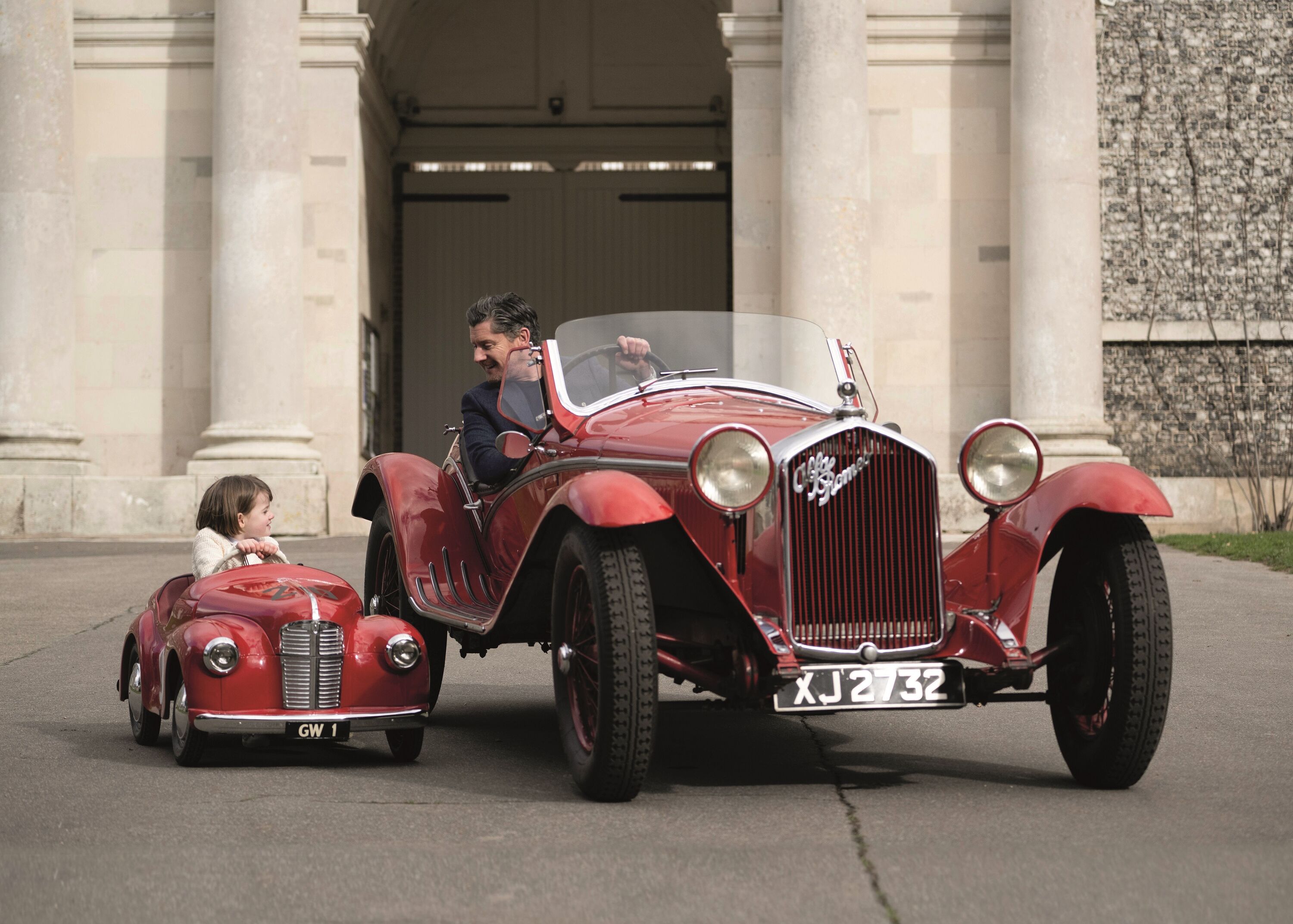The tricky art of badge engineering | Axon’s Automotive Anorak
Following the formation earlier this year of Stellantis – the new custodian of 14 disparate car brands, formed out of the merger of the monolithic FCA (Fiat Chrysler Automobiles) and PSA (the Groupe Peugeot) to form the world’s fifth-largest motor company (behind the Volkswagen Group, Toyota, General Motors and Renault-Nissan) – a degree to product sharing and ‘badge engineering’ was somewhat inevitable sooner or later.

The first evidence of body sharing and logo swapping within the mighty new Stellantis group came rapidly via the two former groups/rivals ranges of light commercial vehicles (LCVs). A series of smaller panel vans suddenly received a bewildering array of marque badges and model names, depending on customer preference to deliver goods in their brand of choice, be it a Fiat, Peugeot, Opel, Citroën, Vauxhall, RAM, and so on, all essentially being the same vehicle with the shared pressed steel body panels, but (currently) with a handful of models being differentiated by the selection of out-going petrol and/or diesel engines. The new or pending zero emission LCV versions will all share the same common electric components, however.
Just a couple of months into the birth of Stellantis, the Group’s Chief Executive Carlos Tavares stated that each of the vast vehicle maker’s 14 car brands will receive funding over the next ten years, but ultimately with each marque will have to use this decade to prove itself viable. This includes vulnerable and largely forgotten marques such as Lancia, Chrysler, Dodge and Vauxhall. Referring to the 14 brands that now fall under the Stellantis umbrella at the time, Tavares said, “for the time being, we love them all and you cannot kill what you love.”
Now, almost nine months into its formation as a legal entity, Stellantis has just revealed its hand on the passenger car front with its first blatant piece of badge engineering, taking its funky Citroën Ami EV urban two-seater and peeling off the famous double chevron logos to ‘reinvent’ the diminutive electric model as an Opel (and ultimately, possibly a Vauxhall for the UK market if demand is strong enough, although this has still to be confirmed at the time of writing).
From its funky and highly brand-appropriate Citroën Ami EV, Stellantis has now unveiled the Opel Rocks-E, a very mildly reworked version of the Citroën, emblazoned with Opel ‘Blitz’ logos in place of the stick on double chevron badges.

Initially available just for the sizeable German market, where Opel naturally has a far stronger presence and acceptance than the ‘quirky’ French Citroën brand, local buyers as young as 15 will legally be able to drive the new Rocks-E with an AM driving licence and a subscription service, costing around an reasonable £20 per month. In fact Opel has yet to confirmed precise Rocks-E pricing, but it has promised it to be ‘less than for a small car’ while the monthly leasing cost will be similar to the average spend on public transport. By comparison, In France Citroën Ami is priced from around £5,300-plus after taxes.
Due to its compact dimensions and modest net power output, the Opel (and its Citroën twin) passes as an electric quadricycle, its 5.5kWh battery providing 46 miles (75 kilometres) of range, with a full charge taking just in 3.5 hours, while an 8PS (6kW) motor sends the Rocks-E on to a maximum speed of 28mph.
Opel claims that this tiny electric Rocks-E is the car maker’s first ever SUM – a Sustainable Urban Mobility vehicle – with the car designed for ease-of-use, as if it was an extension to a smartphone or any other everyday electronic device. The model can be charged via a standard electric plug socket so that it can be re-powered anywhere and anytime, with a clear and simple charge status display. The Opel will also share the Ami’s unusual asymmetric doors, which open in opposite directions.
Whether Stellantis will reveal further badge-engineered versions of the base Citroën Ami EV as a Fiat, Dodge, Vauxhall is unclear, but as a gauge of the giant automotive group’s future product programme intentions, here’s hoping that the Group will apply some more tactful detailed thought and sympathy to its various brands. It is important that Stellantis considers and honours the heritage and historical significance standings of each of its 14 brands before liberally slapping badges on cars willy-nilly without any thought as to the impact or relevance to each marque and its reputation.

The thought of a future electric Ami city car derivative wearing an Alfa Romeo or Chrysler badge, for example, is both unthinkable and inappropriate, just as a Maserati-based supercar brandishing a Peugeot or Opel logo would be difficult to accept with any real credibility. History shows that this is a mistake that former motoring giants such as BMC/British Leyland, General Motors and the Rootes Group fell into, badge engineering their limited model ranges within an inch of their lives, often sacrificing brand heritage and tradition for the sake of chasing a few more potential customers. Based on what we’ve all heard and seen from Stellantis so far, hopefully it will never come to this, but re-branding an Ami from the quirky and innovative Citroën range as an Opel from a traditionally safe and sober car maker is not the most encouraging of starts.
Vauxhall
Opel
Citroen
Ami
Axon's Automotive Anorak





